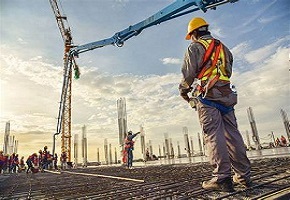
In the intricate dance of construction projects, collaboration is not just a buzzword; it’s the cornerstone upon which successful outcomes are built. Nowhere is this truer than in the estimating process, where estimators, architects, contractors, and other stakeholders must harmonize their efforts to ensure accuracy, efficiency, and ultimately, project success. In this article, we delve into key strategies for fostering effective collaboration throughout the estimating process.
1. Early Engagement: One of the most crucial steps in promoting collaboration is involving estimators from the project’s inception. By integrating estimators into the early stages, teams can align estimations with design intent and project scope. This proactive approach allows for a thorough understanding of project requirements, potential challenges, and opportunities for optimization. Early engagement sets the stage for cohesive decision-making and prevents costly discrepancies down the line.
2. Regular Meetings: Communication lies at the heart of collaboration, and regular meetings provide a structured platform for stakeholders to exchange insights, updates, and concerns. Scheduled gatherings allow for discussions on estimates, project progress, and any evolving requirements or constraints. These meetings serve not only to disseminate information but also to foster a sense of collective ownership and accountability among team members.
3. Data Sharing: In today’s digital age, collaborative tools have become indispensable for sharing estimating data and facilitating real-time updates. Cloud-based platforms and project management software enable stakeholders to access and contribute to a centralized repository of information. This seamless exchange of data promotes transparency, minimizes errors, and ensures that everyone is working from the same page, figuratively and literally.
4. Communication: Effective collaboration hinges on open and transparent communication among all parties involved. Clear channels of communication must be established, allowing stakeholders to express their perspectives, raise concerns, and propose solutions. Whether through emails, instant messaging, or face-to-face interactions, fostering a culture of communication cultivates trust, alignment, and mutual respect among team members.
5. Conflict Resolution: Despite everyone’s best efforts, conflicts and discrepancies may arise during the estimating process. It is essential to establish mechanisms for resolving such issues promptly and constructively. Whether through formal dispute resolution procedures or informal discussions facilitated by a neutral mediator, addressing conflicts head-on prevents them from escalating and derailing project progress.
Effective collaboration in the estimating process is not merely a nice-to-have; it is a fundamental prerequisite for achieving accurate and successful project outcomes. By embracing early engagement, regular meetings, data sharing, open communication, and conflict resolution mechanisms, stakeholders can synergize their efforts and navigate the complexities of construction projects with confidence and cohesion. In doing so, they lay the groundwork for excellence, innovation, and enduring partnerships in the ever-evolving landscape of the built environment.
 ™
™







